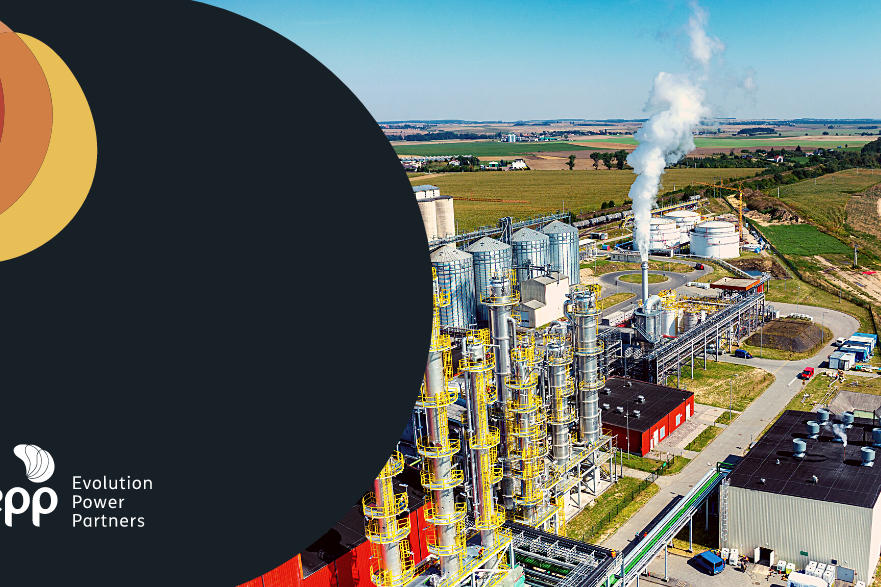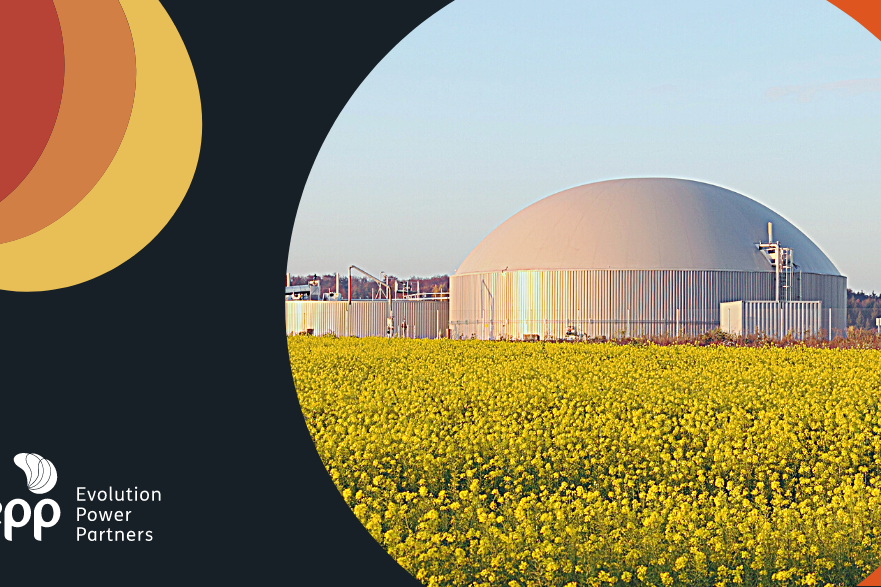Over the years, the demand for energy has grown with technological advances and population growth. But what about energy generation in the future?
The global demand for electricity is expected to grow 62% over the next 30 years. This will add 1.5% to world consumption per year. One of the factors for this increase is population growth, which is expected to reach 9.7 billion people, according to United Nations (UN) organizations.
Energy is in basically everything that is used in the world. It supplies cars, trucks, airplanes, keeps industries running and generates light for billions of people. But with the population growth and technological advances, how is the energy demand for the future? Will the fonts currently used be sufficient? Understand better!
How is the current energy demand?
The generation of electric energy worldwide corresponds to 25,721 TWh and the matrix is predominantly made up of non-renewable sources, such as oil, coal and natural gas. Together they reach 80%.
Regarding the consumption of electricity, the industrial sector is responsible for 40% of this consumption. Of this total, 75% of demand is met by the use of mineral coal and only 0.75% by bioenergy, according to the International Energy Agency (IEA). These data corroborate the importance of an energy transition to clean and renewable options, in order to curb global warming.
Currently, more than two thirds of the world population lives in countries where wind and / or solar energy are the cheapest sources of electricity generation. Five years ago, coal and gas still dominated this scenario. According to projections, wind and solar generation could become cheaper than coal and gas production in all countries by 2030.
In Brazil, the electrical matrix is predominantly renewable, around 83%. However, there is an energy dependence, since the main source of energy is hydroelectric power plants. Thus, to avoid further blackouts, a transition is already underway with the aim of making the matrix more diverse and sustainable, investing in biomass, solar and wind power plants.
How do Brazil and the world prepare for the energy demand of the future?
In the world, the prospects are that the generation through fossil fuels will fall, while the renewable ones should skyrocket. The production of energy through hydroelectric plants is expected to grow modestly and the nuclear source will remain practically stable at current levels. New technologies must be incorporated, such as the use of electric vehicles that will add about 3,950 TWh to global demand. In 2050, electric cars are expected to represent 9% of the world’s electricity demand.
According to Statkraft, solar energy will become the most used source from 2035. The company predicts that this technology will surpass the others, because of the reduction in production costs, greater flexibility regarding the location and ease of construction of the plants.
The National Energy Plan 2050 provides that in Brazil, even with the increase in energy efficiency, the demand for energy is expected to grow about 3.3 times. At the same time that this data points out how the market has scale to grow, the Ministry’s study shows that the country has low energy availability per capita compared to other countries. Thus, it is essential that there are projects being developed in this decade, to guarantee the energy supply in the coming years.
Therefore, even with the increase in energy demand, the prospects are positive for the scenario of the future, after all, countries and companies are already making investments and generating innovations that will be sufficient to maintain supply. If you are interested in the subject and want to understand better about the possibilities of the market, contact us and learn more!






